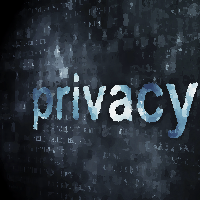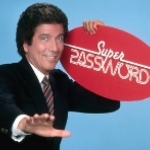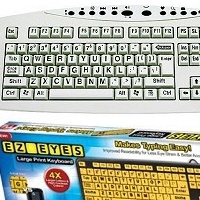
By Bob Rankin
My Hard Drive Died! — Recovering From Hard Drive Failure
If you’ve ever lost an important file because of a hard drive crash, you know the pain. That final project you worked on so hard, the spreadsheet that has be in your boss’s inbox in the morning, or those photos of Grandma taken at her 102nd birthday — all gone in an instant, thanks to a hard drive failure. But those scary looking messages are not always the final word. Before you take a sledge hammer to your hard drive, try these hard drive data recovery steps.
The first step is to determine if it really is hard drive failure you are experiencing. Did you install any new hardware since your last successful boot-up? If so, unplug those devices and try to re-boot.
No go? OK, if you’re running Windows, try to start up in Safe Mode. Reboot your PC, and hit the F8 key when the computer is starting up. Choose the option to go into Safe Mode. If you can get to the Windows login screen, you are probably having a software problem, not hard drive failure. You can do a re-install of Windows to get to your files (see Recovery Console) or you can use Windows’ System Restore feature to get your PC up and running again.
In some cases a damaged master boot record or partition table can render a disk unbootable, but all the data is still intact. See my article Fix MBR for some help with that relatively simple repair job. In one case, my hard drive got totally mucked up, and neither the FIXMBR nor FIXBOOT commands could restore the drive to working order. But I found a wonderful program called TESTDISK that was able to analyze the disk and recreate both the partition table and the boot record. I was certain that all the data was lost, but TESTDISK did the job for me.
Check Under The Hood
What if you can’t get into Safe Mode? There are still a couple of options available. Unplug everything (the power plug and ALL the cables) from the computer. Now pop open your computer’s system unit and try to reseat the hard drive. It might look scary at first, but there’s nothing inside a computer that will bite you. Take a look at the pictures in my article Add a Second Hard Drive to familiarize yourself with the components you’ll be looking for — the hard drive, the motherboard connectors (IDE or SATA) and the cables that connect the hard drive to the motherboard.
Unplug and reseat the all the cables that plug into the hard drive, then follow the cable to the motherboard and reseat that end as well. It’s possible that the cable was just loose, and your drive will work fine after this simple procedure. You can also try swapping the IDE or SATA slot that the drive plugs into. Look for connectors on the motherboard labelled IDE1 and IDE2, or SATA0 and SATA1. Move the cable from one plug to the other, restart the system and hope for the best. If all the above options fail you can assume your computer wasn’t lying, the hard drive is faulty. There are methods available to try and get your data back.
Article continued here: Free Download Accelerators
This excerpt is shared with permission from Bob Rankin.
BOB’S WORLD




